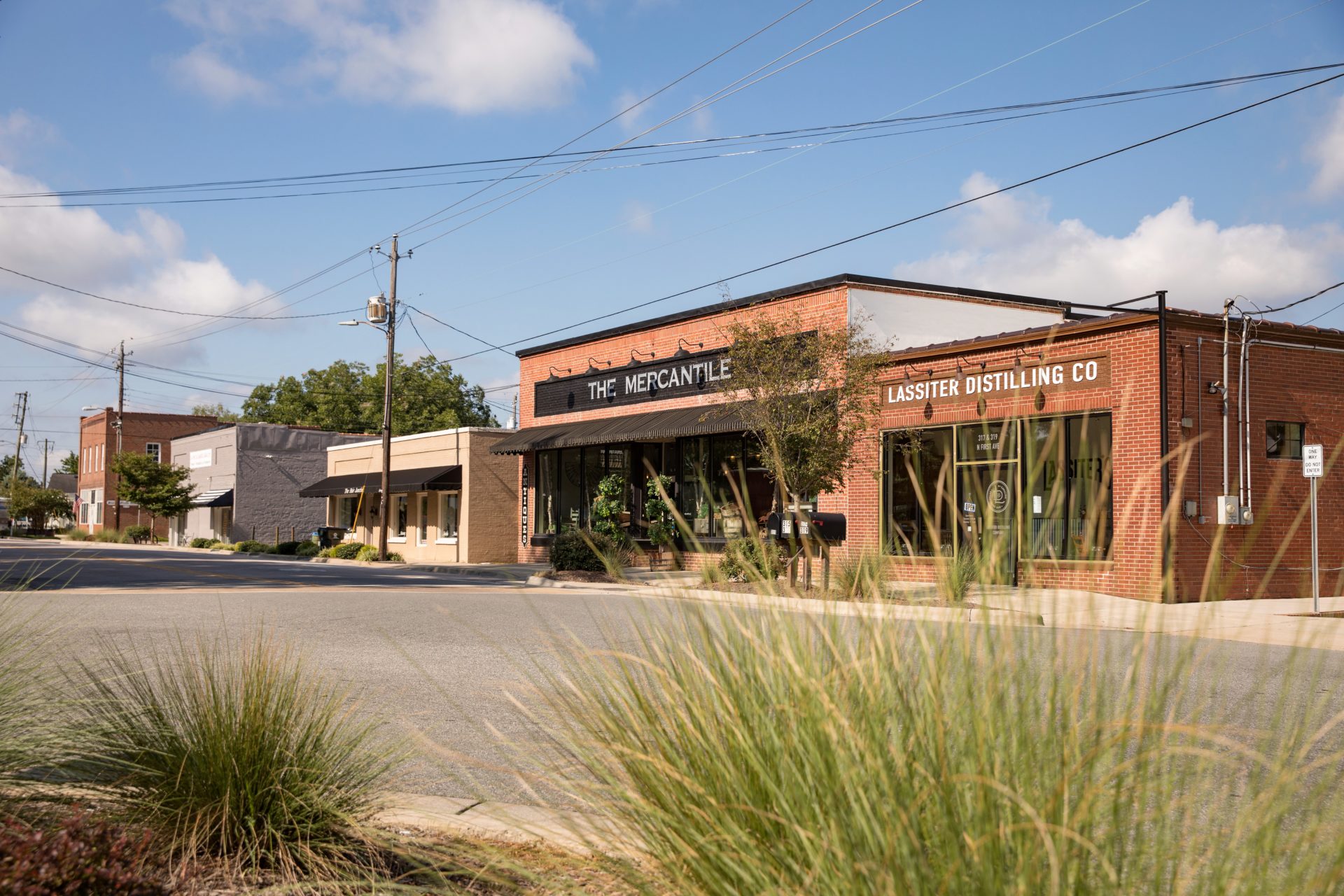Bob Ross knew the truth before scientists did: trees make people happy. In fact, grass and small landscaping plants appear to have limited or even negative impacts on mental health (1). Those ‘happy trees’ are the plants that reduce stress and increase happiness. Living where tree cover exceeds 30% decreases the incidence of psychological distress by 30% compared to living in areas with fewer trees (2)! The health impacts of spending time with happy trees are diverse and include everything from improving cardiovascular function, multiple indexes for stress derived from blood tests, immunity levels, positive attitudes, and happiness (3). Conducting school activities in forested areas helps increase classroom attention, and learning outcomes while reducing disruptive behaviors (4). We just finished a study demonstrating that doing fun things in urban forests, like bird watching on NC State’s campus, produces even more happiness than spending time in the forest alone (5). Fortunately, we in Wake County have more than our share of happy trees. Raleigh’s


founders recognized the abundance and diversity of oak trees with the “City of Oaks” moniker. Despite extensive development since then, Raleigh has retained tree cover near 55%, almost double the average for American cities (28%) (6). So how can sustainable growth occur while retaining our happy trees? One approach involves protecting trees during development, and Champion Tree programs provide a regulatory tool for not only protecting trees, but also protecting the most spectacular trees in our communities. Another strategy, recommended by urban wildlife conservation experts Drs. Chris Moorman and George Hess, is designing development so that it do not break up the tree canopy (7). For instance, they recommend building and maintaining greenways at the edge of greenspace, rather than in the middle where the path slices the forest in half. Similarly, they recommend tree maintenance that avoids breaking canopy cover above urban greenways. These strategies not only protect our happy trees, but also encourage more abundance and diversity of birds to watch in the trees!
1 Astell-Burt T, Feng X. Association of Urban Green Space With Mental Health andGeneral Health Among Adults in Australia. JAMA Netw Open. 2019 Jul 3;2(7):e198209. https://www.ncbi.nlm.nih.gov/pmc/articles/PMC6661720/.
2 Astell-Burt T, Feng X. Association of Urban Green Space With Mental Health and General Health Among Adults in Australia. JAMA Netw Open. 2019 Jul 3;2(7):e198209. https://www.ncbi.nlm.nih.gov/pmc/articles/PMC6661720/.
3 Wen, Y., Yan, Q., Pan, Y. et al. Medical empirical research on forest bathing (Shinrin-yoku): a systematic review. Environ Health Prev Med 24, 70 (2019). https://environhealthprevmed.biomedcentral.com/articles/10.1186/s12199-019-0822-8#citeas
4 Szczytko, R., Carrier, S. J., & Stevenson, K. T. (2018, June). Impacts of outdoor environmental education on teacher reports of attention, behavior, and learning outcomes for students with emotional, cognitive, and behavioral disabilities. In Frontiers in Education (Vol. 3, p. 46). Frontiers Media SA.5 https://www.sciencedirect.com/science/article/abs/pii/S0272494424000793
6 Nelson, C., McHale, M.R. & Peterson, M.N. Influences of landscape and lifestyle on home energy consumption. Urban Ecosyst 15, 773–793 (2012). https://link.springer.com/article/10.1007/s11252-012-0246-3
7 https://faculty.cnr.ncsu.edu/christophermoorman/wp-content/uploads/sites/9/2016/02/finalarticle2.pdf


